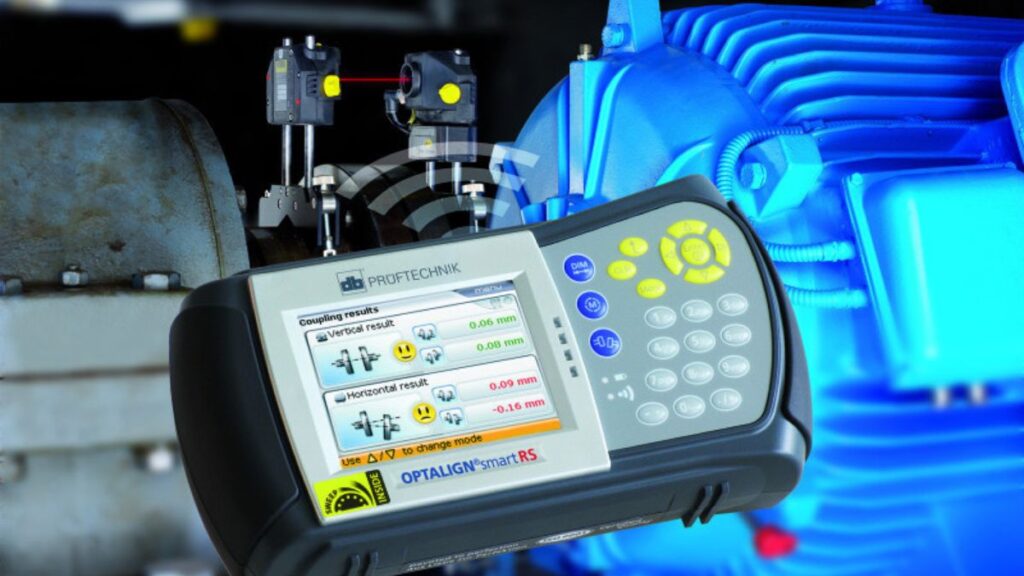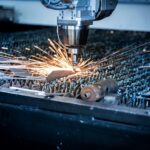Industrial machinery forms the beating heart of countless manufacturing processes. Even the most advanced equipment can falter if not precisely aligned, causing diminished efficiency, higher operating costs, and premature wear. Precision alignment solutions have become critical for maximizing reliability and productivity in industrial settings. This guide explores why alignment matters, popular methods, the tools involved, and the often-overlooked role of machine gibs in maintaining optimal machinery performance.
Why Precision Alignment Is Essential
Modern industrial machinery depends on tight tolerances. Misalignments—even those undetectable to the naked eye—can lead to:
- Premature bearing and seal failure
- Excessive vibration and noise
- Unplanned maintenance and costly downtime
- Reduced energy efficiency
For example, research from the International Journal of Advanced Manufacturing Technology indicates that shaft misalignment alone contributes to over 50% of rotating equipment breakdowns. The return on investment in alignment solutions therefore extends beyond reduced repairs, impacting overall operational efficiency and long-term capital expenses.
Common Causes of Misalignment in Industrial Equipment
Understanding the underlying sources of misalignment helps engineers address root causes, not just symptoms. Common culprits include:
- Thermal growth: Equipment can expand or contract due to temperature changes, shifting previously aligned parts out of place.
- Improper installation: Setting machinery onto uneven surfaces or failing to follow specified procedures during setup often results in hidden misalignments.
- Component wear: Wear in bushings, bearings, or machine gibs can gradually shift alignments, especially in high-load environments.
- Foundation movement: Vibration or settling of floors and support structures alters equipment positioning over time.
Regular monitoring is key, as these changes can occur gradually and may go unnoticed without proactive inspection.
Types of Precision Alignment Solutions
Precision alignment typically falls into two broad categories:
Shaft Alignment
Crucial for equipment involving rotating shafts, such as pumps, motors, fans, and gearboxes.
- Laser alignment systems: These tools use laser beams and digital sensors to measure the relative position of shafts, often providing resolution up to 0.001mm. The data allow for real-time adjustments, making precise corrections easy to achieve.
- Dial indicator alignment: An older technique still used where budgets are tighter. Although accurate, it is more time-consuming and subject to operator error if not done meticulously.
Geometric Alignment
Ensures the spatial relationships between machine components conform to design specifications. This is vital for machinery like milling or turning centers, press brakes, and extrusion equipment.
- Straightness measurement: Using optical or laser tools to confirm that machine surfaces and guideways are perfectly straight.
- Parallelism and flatness checks: Verifying parallel rows or flat beds ensures tools move as intended and products meet quality expectations.
- Angular alignment: Essential for applications such as multi-axis machining, where even small mounting errors lead to cumulative defects.
Modern Alignment Tools and Technologies
Today’s alignment tools offer unmatched precision. Notable examples include:
- Laser alignment systems: Systems like Fluke, Pruftechnik, and Easy-Laser feature wireless sensors, digital displays, and data logging to simplify the alignment process.
- Optical alignment: Autocollimators and theodolites remain invaluable for applications where a line-of-sight measurement is required.
- Digital levels and inclinometers: Portable, accurate digital tools allow technicians to monitor and adjust inclinations and load-bearing machinery in real time.
The selection of the right tool depends on the machine’s role, tolerances, and production environment. While high-tech solutions continue to become more affordable, traditional methods remain widely used in many plants.
The Critical Role of Machine Gibs in Alignment
One overlooked aspect of industrial machine alignment is the condition of machine gibs and slideways. Gibs are adjustable wedges or strips used to take up clearance and maintain tight contact between sliding machine surfaces, such as those found in lathes or milling machines.
When gibs wear unevenly or are misadjusted, several issues can arise:
- Loss of precision: The machine tool may develop excessive play, reducing accuracy.
- Uneven loading: Misaligned gibs distribute forces inconsistently, speeding wear on guides and bearings.
- Vibration amplification: Gaps or slack caused by gibs increase vibration, potentially leading to premature failure.
Proper gib maintenance and adjustment extend machinery life, preserve product quality, and play a direct role in consistent alignment. Engineers often specify precise protocols for the regular inspection, adjustment, or replacement of gibs to ensure continued optimal performance.
Best Practices for Implementing Alignment Solutions
To achieve and maintain peak alignment:
- Schedule regular inspections: Include both scheduled checks and monitoring any observed changes in vibration, product quality, or power consumption.
- Document changes: Maintain detailed records of alignment measurements, adjustments, and component wear for trend analysis.
- Invest in training: Well-trained technicians can spot subtle early warning signs and use advanced technologies effectively.
- Monitor critical wear components: Focus inspections on bearings, seals, foundation bolts, and machine gibs for a holistic understanding of machine condition.
Enhancing Reliability and Extending Machinery Life
Precision alignment is more than a maintenance task; it’s a strategic investment for any industrial facility. By understanding the science behind alignment and addressing common weak points such as machine gibs, manufacturers can minimize downtime, extend the lifespan of critical assets, unlock higher output quality, and operate more sustainably.







